So the 58th Grammy Awards is right around the corner. Ever wondered how the iconic golden statuettes are made? Or who is the man or woman behind the handcrafting of the most prestigious music accolade in the world?
It all boils down to – or should we say, melt down to? Nope. Forget that – one Mr John Billings. Known as the Grammy Man, the 69-year-old owner of Billings Artwork, Colorado, has been making the Gramophone statuettes for over 40 years. This year he’s planning to attend the award ceremony on February 15 to, in a way, say farewell.

©Billboard
To his lustrous handicrafts as per usual, that is.
“[It’s] like watching your children onstage,” Billings talks of the countless times he’s seen his Grammys being handed off on stage. He began working on the statuettes in 1976 in California as an apprentice of Bob Graves, who made the first Gramophone mould in 1958. When Graves passed in 1983, he bought the business from Graves’ family and moved the workshop to his own back garage. Since then, he’s produced over 8,000 awards, 580 awards every year.
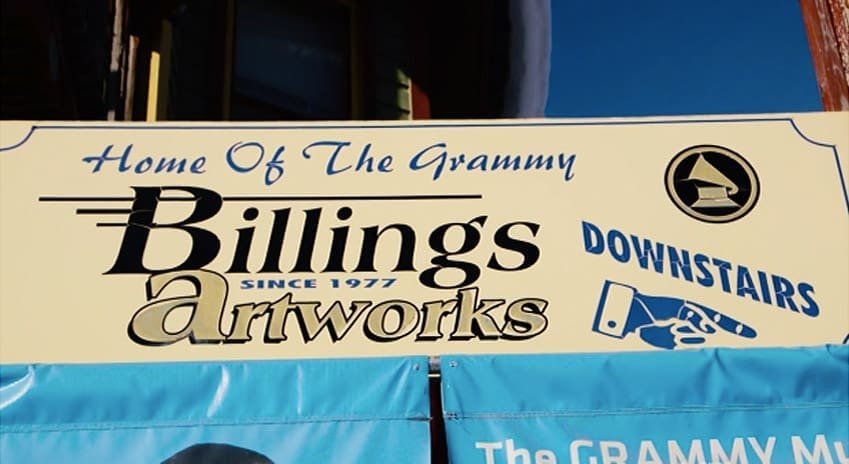
©Billboard
In the early days, the Grammys were made with lead. Today Billings uses his own special zinc alloy, which he named and trademarked the “Grammium”. Standing 8.5 inches tall on its 6-by-6-inch square base, each trophy takes the craftsman 15 hours to complete. It weighs approximately 5 lb.
See also: 2016 Grammy Awards: See all the winners
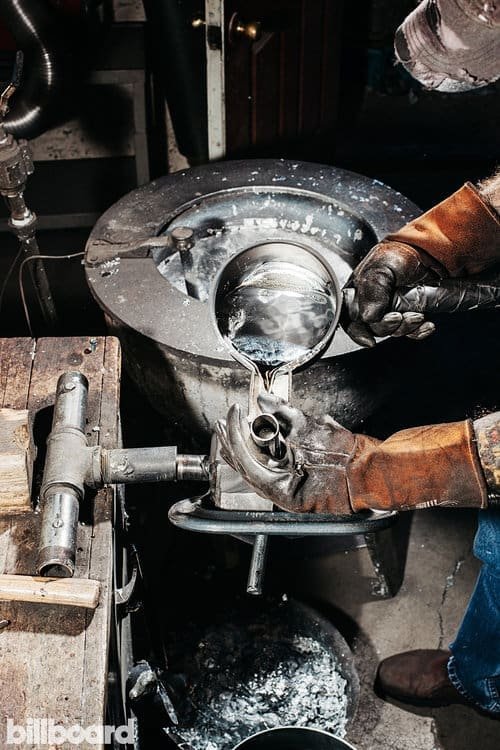
A worker putting melted Grammium, his special formula of zinc alloy, in a bronze mould ©Billboard
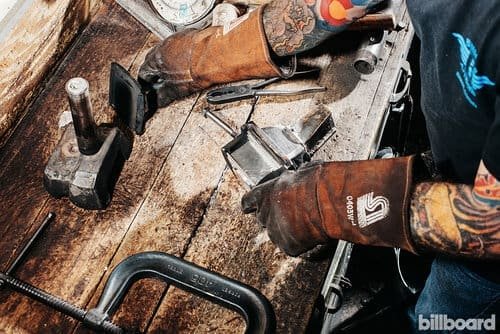
Structuring the statuette / ©Billboard
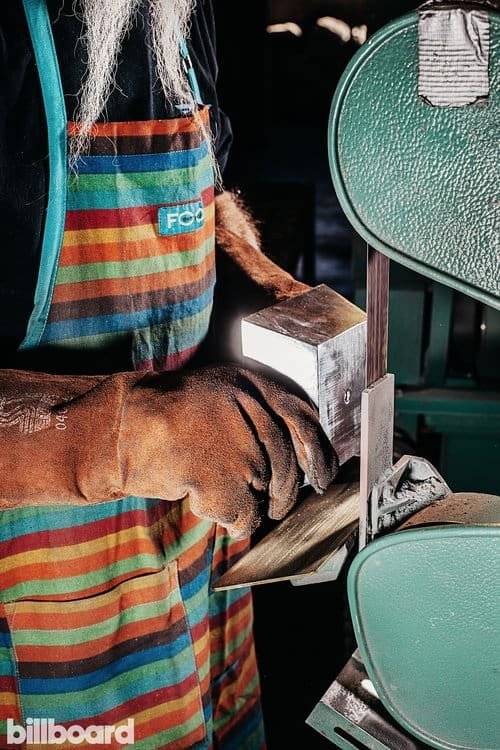
Neat and clean: the base of the trophy would be painted black and engraved with the winner’s name and individual serialisation tag. Billings reveals he uses the New Hermes Pantograph for the lettering process, which can take up to three hours / ©Billboard
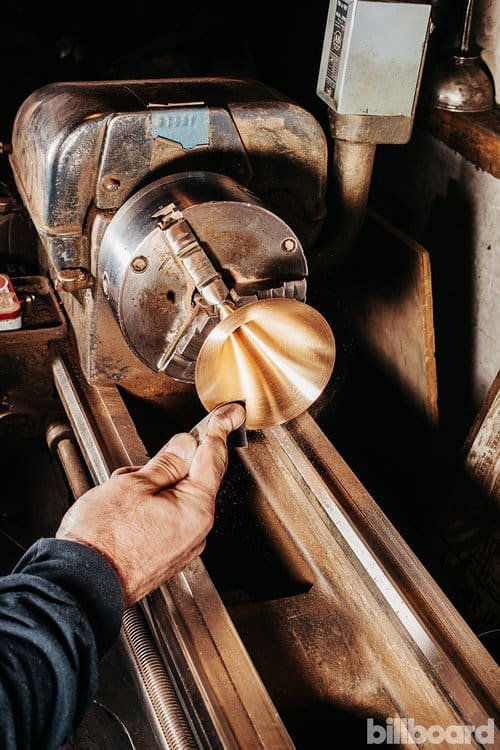
Sanding and stuff: every part, like this horn here, needs to be smoothen with a sand paper / ©Billboard
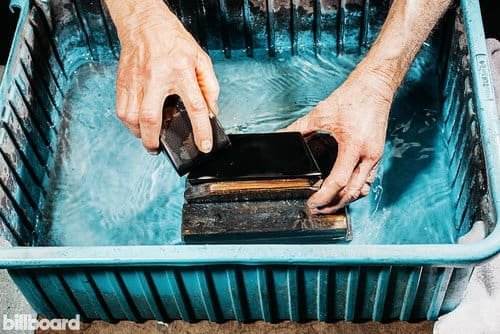
There’s sanding and then there’s wet sanding / ©Billboard
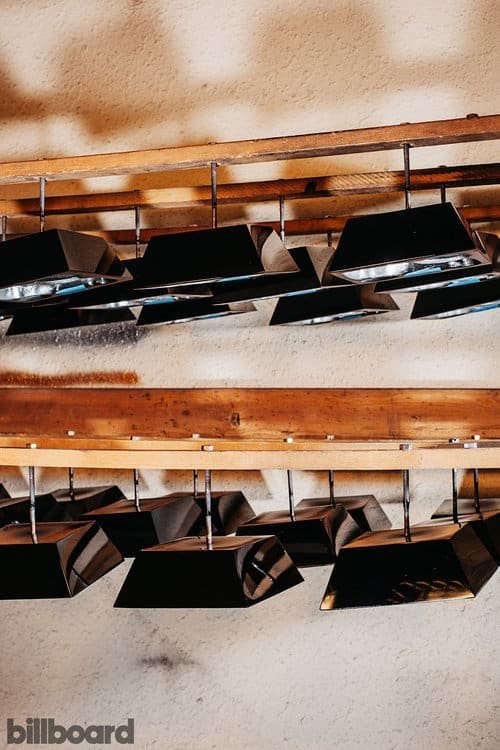
It’s all coming together now / ©Billboard

The Grammy Man himself / ©Tadd Myers

The finished product / ©Billboard
You’ll be surprised to know that Billings and his crew don’t actually deliver all the trophies before the big day. For confidentiality and security reasons, the Recording Academy will send them the winners’ list after the ceremony is held. Which means all the gleaming Grammys we see the likes of Beyoncé and Sam Smith hold every year are not theirs and only meant for show. “[They] can be kissed and hugged and dropped,” Billings tells Billboard. He would deliver the serialised and personalised awards to the Academy offices himself. It usually takes around 60 days before every winner see their “children”.

When asked to reflect his experience working with the Grammys, Billings says seeing the winner’s face when their name’s announced is always incredible: “You forget all of the burns, cuts, and bruises. I still get a humbling feeling when engraving some of the biggest names in the industry.”
If it was all up to him, though, the one biggest name would be the rock legend Bob Dylan. Billings recalls his 1991 attendance: “when Bob Dylan was handed his lifetime achievement award that I made, I burst into tears.”





